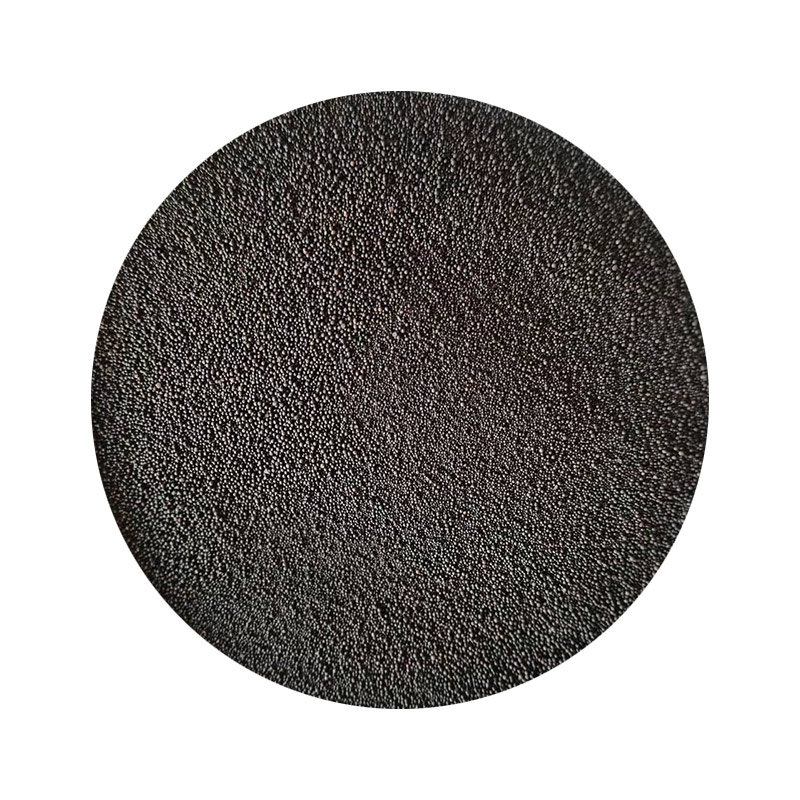The World of Sand Cast Foundries An In-Depth Exploration
Sand casting is one of the oldest and most versatile metal casting processes used in the foundry industry today. It is an economical method that enables the production of complex metal parts in various sizes and shapes. This article delves into the various aspects of sand cast foundries, covering its process, advantages, applications, and future trends.
Understanding Sand Casting
The sand casting process begins with the creation of a mold, which is typically made from a mixture of sand, clay, and water. This mixture is compacted around a pattern, which is usually the shape of the desired final product. After compacting the sand, the mold is split into two halves, removing the pattern to create a cavity that will hold the molten metal.
The type of sand used in this process is often designated as green sand, which is a mixture of silica sand, clay, and moisture. The moisture content in this type of sand is crucial, as it helps bind the particles together and allows for easy manipulation. In some instances, foundries may also use resin-coated sands that provide superior surface finishes and can withstand higher temperatures.
Once the mold is prepared, molten metal is poured into the cavity. The metal fills the space, taking the shape of the mold. After the metal has cooled and solidified, the mold is broken open to reveal the final casting, which may require further processing, such as machining, to achieve the desired dimensions and finish.
Advantages of Sand Casting
Sand casting offers numerous benefits, making it a preferred choice in many manufacturing scenarios
1. Cost-Effective The materials required for sand casting are relatively inexpensive compared to other casting methods. Additionally, the ability to reuse sand can significantly reduce costs.
2. Versatility Sand casting can produce a wide range of metal parts, from small intricate pieces to large heavy components. It accommodates various metals, including iron, aluminum, and bronze.
3. Complex Shapes The process allows for the creation of complex shapes that would be challenging or impossible to achieve with other manufacturing techniques.
sand cast foundry

5. Simplicity The molds can be created with various types of patterns, making it easier to adapt designs and manufacturing processes.
Applications of Sand Casting
The flexibility of sand casting makes it widely applicable across numerous industries. Key sectors that rely on sand cast foundries include
- Automotive Many engine components, such as cylinder heads and engine blocks, are produced using sand casting. - Aerospace Lightweight and durable parts for aircraft are often made using this method. - General Engineering Structural components used in machinery and equipment are frequently manufactured through sand casting. - Art and Sculpture Artists also utilize sand casting techniques to create intricate sculptures and artistic pieces.
Future Trends in Sand Casting
As technology continues to evolve, sand casting is also undergoing significant changes. Some promising trends include
- 3D Printing The integration of 3D printing technology in mold making is revolutionizing sand casting. With 3D-printed patterns, foundries can achieve greater precision and reduced lead times, enabling quicker turnarounds for custom projects.
- Sustainability Environmental concerns are driving innovations towards more sustainable practices in foundries. Using recycled materials in sand casting and implementing green technologies can help reduce the environmental impact of the casting process.
- Automation and Industry 4.0 The incorporation of automation and smart technologies—such as IoT and data analytics—into foundry processes enhances efficiency and management. This evolution not only improves production rates but also ensures greater quality control.
Conclusion
Sand cast foundries play a critical role in the manufacturing landscape, providing versatile and cost-effective solutions for producing a wide variety of metal parts. With a rich history and ongoing technological advancements, the sand casting process is well-positioned to meet the evolving demands of modern industries. As innovations continue to emerge, sand casting will likely remain a vital component of the foundry industry for years to come.
Post time:டிசம்பர் . 05, 2024 14:32
Next:make sand casting
